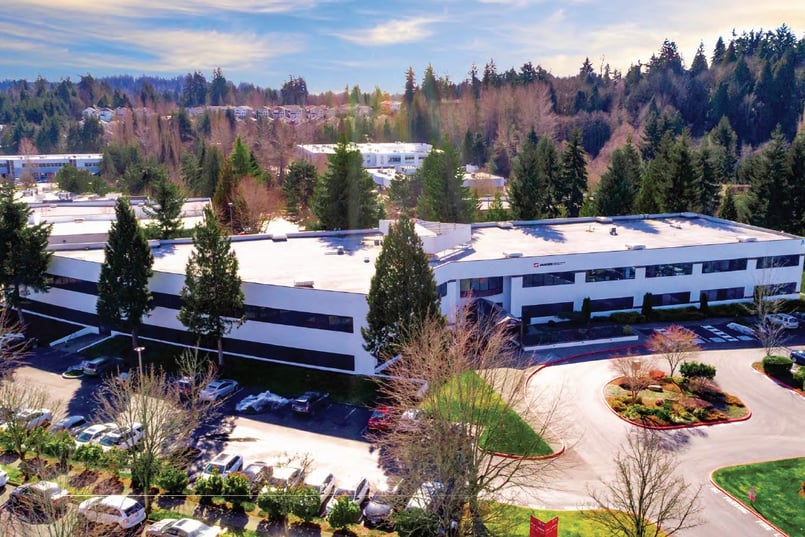
For many, the world of commercial real estate (CRE) investing remains an enigma, cloaked in industry jargon and complex financial structures. However, delve a little deeper, and you'll uncover a rich tapestry of opportunities waiting to be harnessed. Welcome to the beginner’s guide to understanding commercial real estate investing.
At its core, commercial real estate investing involves purchasing properties intended for business purposes rather than solely residential living. This includes, but isn’t limited to, office buildings, shopping centers, warehouses, and multifamily apartment buildings. The primary goal? Generate income, either through rent, appreciation, or both.

Why Invest in Commercial Real Estate?
There are numerous reasons why seasoned investors and novices alike flock to the commercial real estate sector:
- Stable Cash Flow: Tenants in commercial properties often sign long-term leases. This can translate to consistent, predictable income for investors.
- Hedge Against Inflation: Over time, property values and rental rates typically rise, making CRE a potential safeguard against inflation.
- Diversification: Including CRE in a portfolio can provide diversification, helping reduce risks associated with other investment types.
- Appreciation Potential: In addition to income from rents, commercial properties can also appreciate in value over time, leading to substantial capital gains.
Key Terms to Know
- Net Operating Income (NOI): This is the annual revenue from the property minus all operating expenses (not including mortgage costs). It’s a pivotal metric to evaluate a property’s potential profitability.
- Capitalization Rate (Cap Rate): This rate represents the potential return on an investment. It's calculated by taking the NOI and dividing it by the property’s value.
- Loan-to-Value (LTV): This ratio compares the value of the mortgage loan to the appraised value of the property. A lower LTV generally suggests lower risk.
Types of Commercial Real Estate Investments
1. Office Space: From skyscrapers in the urban jungle to suburban office parks, these spaces can vary in terms of risk and reward based on location and tenant types.
2. Retail Properties: These encompass malls, shopping strips, and standalone stores. Their success is often linked to location and consumer behavior trends.
3. Industrial: Warehouses, factories, and distribution centers fall under this category. With the e-commerce boom, these have become increasingly sought after.
4. Multi-Family: Apartment complexes and condos offer a more residential twist on commercial investing. Their demand often remains resilient even during economic downturns.
Steps to Get Started
1. Research: Dive deep into market trends, locations, and growth indicators. Local economic health plays a crucial role in the success of a commercial property.
2. Budgeting: Understand your investment capability. Take into account all potential costs, not just the buying price. This includes maintenance, taxes, and potential vacancies.
3. Team Building: Assemble a team of professionals. This should include a commercial real estate broker, an attorney, an accountant, and possibly a property manager.
4. Due Diligence: Before any purchase, scrutinize every detail of the property, from physical conditions to existing lease agreements.

Common Challenges and Solutions
- Vacancy: A vacant property can become a financial drain. Solution? Ensure a robust tenant retention strategy and consider properties in high-demand areas.
- Management Overhead: Managing commercial properties can be demanding. Solution? Hire a property management company to handle day-to-day tasks and tenant relationships.

Commercial real estate investing, while multifaceted, offers a dynamic avenue for diversification and potential financial growth. Like any investment, it comes with its challenges, but with due diligence, a robust strategy, and a keen understanding of the market, the sky’s the limit.
TAGS: Musings
